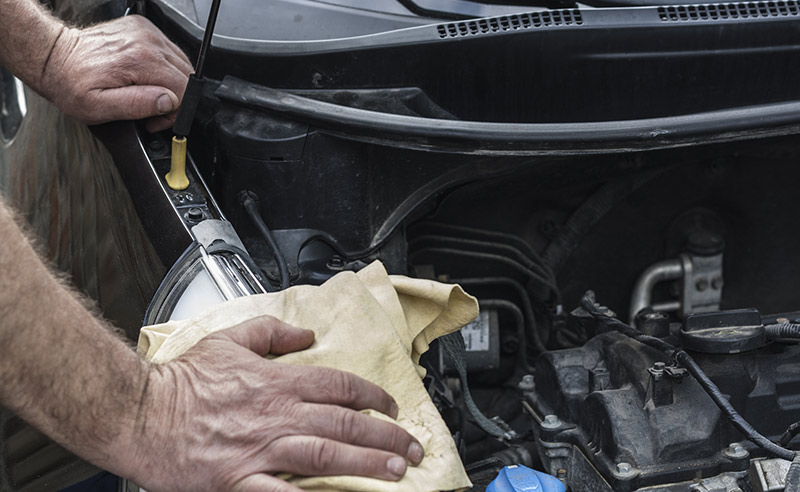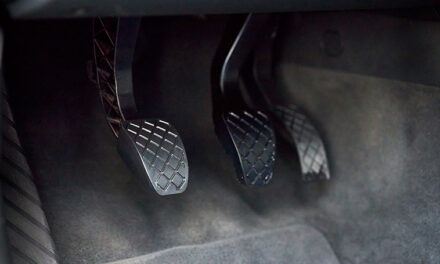Fixing your vehicle yourself saves you a ton of money—if you know what you are doing. Today’s vehicles have at least one computer, the electronic control unit, and most have a computer for the transmission, ABS brakes, and even for the windows and seats. This means more wiring to sort through. Some of the best auto parts repair technical advice you can keep in mind is that anything you do will affect at least one other system on the vehicle, and you can easily fry any one of those computers if you cause a surge of electricity to go through them. Other than knowing where the computers and their wiring harnesses are located, there are more car repair best practices that will help you successfully make repairs.
Vacuum Lines
If you end up with a vacuum leak, your vehicle will run poorly, if at all, depending on where the leak is located. When you have to remove vacuum lines, be sure to remember where they go. It’s a good idea to label them if you have to remove several lines in the same area. As you handle each vacuum line, check them for dry rot and cracks. If you see anything, replace the line even if the line is not leaking.
Fuel Injection
If you need to replace a fuel injector, chances are, the failure of the other injectors won’t be far behind it. It’s a good idea to replace all of the fuel injectors if you are replacing one. Not only will you save the labor of getting to the injectors next time around, but the new injectors won’t leave you stranded a few weeks or months down the road.
Cooling System
If you have a cooling system leak, check the entire system: Hoses, thermostat, water pump, and radiator. Check the hoses for dry rot and cracks. If the hoses feel mushy when the vehicle is hot, the hose is worn and on its way to failure. Change the hose. Look at the water pump for stains from leaking water. Remove the belt and spin the water pump pulley. If it seems to be loose or makes noise when you spin it, replace the water pump. If you have to remove the upper radiator hose, check the thermostat.
In most cases, two or three bolts hold the housing onto the block. If the thermostat looks rusty, replace it. Finally, check the radiator for signs of leakage or holes in the fins. If everything looks good, pressure test the system after the repair to ensure that you do not have any more leaks.
Always Buy Quality Parts
Sometimes cheaper is not better. When you buy auto parts, be sure you are buying quality parts. Aftermarket parts are often less expensive than parts from the dealer, but be sure to get them from a reputable auto parts store.
Visit Auto Parts U
To learn more about DIY car repair, visit Auto Parts U. You’ll find parts reviews and more tips and tricks for repairing your vehicle.














